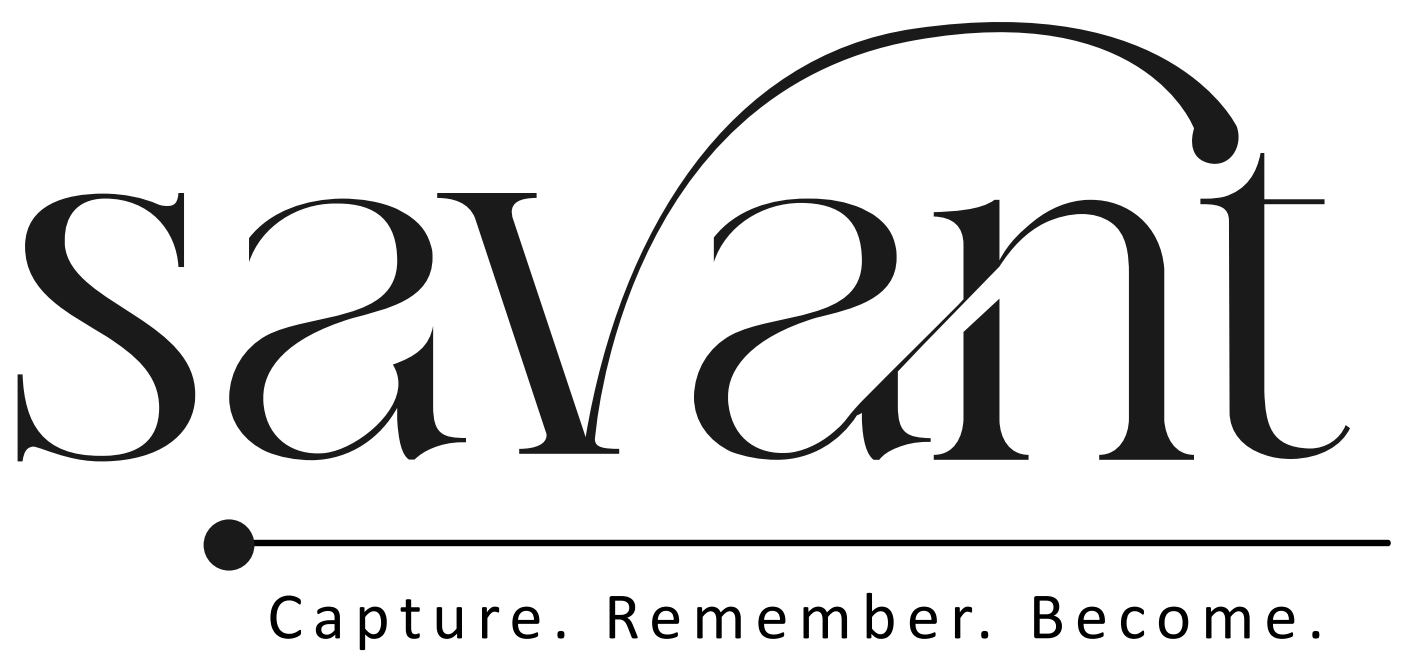Taking notes is an essential skill for learning and productivity. With so many methods available, it can be hard to find the right one for you. This article covers ten easy note-taking techniques that can help you improve your memory and understanding. Each method has its own strengths, making it easier to capture and recall information effectively.
Key Takeaways
- Different note-taking methods can suit various learning styles.
- Using structured methods helps organize information better.
- Regularly reviewing notes can improve memory retention.
- Visual aids can enhance understanding of complex topics.
- Finding the right method can boost productivity and learning.
1. The Cornell Method
The Cornell Method is a fantastic way to take notes that can really help you understand and remember what you learn. This note-taking system finally made schoolwork easier for many students! Here’s how it works:
- Divide your paper into three sections:
- During class, write down your notes in the right column. After class, take a moment to review your notes for errors or gaps. Then, without looking at them, write a summary at the bottom. The trick is to capture the main ideas in your own words.
Benefits of the Cornell Method
- Structured Review: Having cues and summaries makes reviewing more efficient.
- Enhanced Recall: Writing summaries helps to reinforce the material.
- Versatility: Great for lectures, reading assignments, and even meetings.
The Cornell Method encourages you to actively engage with your notes, making it easier to remember what you’ve learned!
2. The Outline Method
The Outline Method is a fantastic way to organize your notes, especially for subjects that have a lot of detailed information. This method helps you create a clear structure by using bullet points or numbers to show different levels of information. It’s perfect for breaking down complex ideas into simpler parts.
How to Use the Outline Method
- Start with the main topic at the top of your notes.
- Add subtopics underneath, using indents to show their relationship to the main topic.
- List supporting details or ideas under each subtopic, making sure they are more specific than the points above.
Here’s a quick example:
| Main Topic | Subtopic 1 | Subtopic 2 |
|---|---|---|
| Science | Biology | Chemistry |
| Cells | Elements | |
| Ecosystems | Compounds |
Benefits of the Outline Method
- Clarity: It separates main ideas from details, making it easier to understand.
- Easy Review: You can quickly skim through your notes to find what you need.
- Organizational Ease: It helps break down complex information into smaller, manageable parts.
Using the Outline Method can make your study sessions more effective and enjoyable!
3. The Mapping Method
The Mapping Method, often called mind mapping, is a fun and creative way to take notes. It helps you visualize connections between ideas! This method is perfect for subjects that have complex relationships or interconnected concepts.
How to Use the Mapping Method
- Start with a blank sheet of paper.
- Write your main topic in the center.
- Draw branches for subtopics, and keep adding details as you go.
- Use colors, symbols, or even doodles to make it visually appealing.
Benefits of the Mapping Method
- Visual Learning: Great for those who learn better with images.
- Brainstorming Aid: Perfect for generating ideas during projects.
- Memory Enhancement: Helps you remember by showing how ideas connect.
The Mapping Method is not just about taking notes; it’s about creating a visual story of your thoughts!
Example of a Simple Mind Map
| Main Topic | Subtopic 1 | Subtopic 2 |
|---|---|---|
| Science | Biology | Chemistry |
| Cells | Reactions | |
| Ecosystems | Elements |
Using the Mapping Method can make your notes more engaging and easier to understand. So grab your markers and start mapping your way to better productivity!
4. The Charting Method
The Charting Method is a super handy way to take notes by organizing information into rows and columns, just like a table. This method is great for breaking down complex topics into smaller, more manageable pieces. It’s especially useful when you need to compare different categories of information.
How to Use the Charting Method
- Create a table: Start by drawing a table with columns for different categories and rows for specific topics.
- Fill in the details: As you listen to a lecture or meeting, jot down notes in the appropriate columns. This helps keep everything organized and easy to review later.
- Stay focused: This method works best when the information is well-structured, so it’s perfect for lectures that have clear categories.
Benefits of the Charting Method
- Easy comparison: You can quickly see how different pieces of information relate to each other.
- Saves time: By organizing your notes as you go, you won’t have to spend extra time sorting them out later.
- Perfect for data: If you’re dealing with statistics or categorized info, this method shines!
The Charting note-taking method is a structured approach that categorizes notes using tables—rows represent topics, and columns represent categories within the topic.
In summary, the Charting Method is a fantastic way to keep your notes organized and make studying easier. Give it a try next time you’re in a lecture or meeting!
5. The Sentence Method
The Sentence Method is a straightforward way to take notes, especially when you need to capture information quickly. Instead of organizing your notes in a complex way, you simply write each important point as a separate sentence. This method is perfect for fast-paced lectures or meetings where you want to jot down as much information as possible without worrying about structure.
How to Use the Sentence Method
- Write each new idea as a separate sentence.
- You can number them or just let them flow as a list—whatever feels right for you!
- Focus on capturing the main points without getting too caught up in details.
Benefits of the Sentence Method
- Quick and easy to use: You don’t need any special setup.
- Flexible: Works well for almost any type of content.
- Great for fast-paced environments where you need to keep up with the speaker.
The Sentence Method is all about capturing information quickly and effectively, making it a great choice for busy students and professionals alike.
Pros and Cons
| Pros | Cons |
|---|---|
| Simple and easy to implement | Can lead to cluttered notes |
| Great for fast note-taking | May lack clear organization |
| Works for various subjects | Harder to review later |
In summary, the Sentence Method is a fantastic tool for anyone looking to boost their productivity in note-taking. Just remember to keep it simple and focus on the key points!
6. The Flow-Based Method
The Flow-Based Method is all about letting your notes flow naturally. Instead of sticking to a strict format, this method allows you to connect ideas and concepts freely. This makes it easier to understand and remember information!
How to Use the Flow-Based Method
- Start with a blank page. A lined page isn’t necessary; just let your creativity take over.
- Write down main ideas as they come to you. Don’t worry about order just yet.
- Use arrows, lines, or doodles to show how different points connect.
- Add side notes for any extra thoughts or details that pop into your mind.
Benefits of the Flow-Based Method
- Encourages creative thinking and helps you link ideas naturally.
- Adapts easily to the flow of a lecture or meeting, making it super flexible.
- Captures both facts and the relationships between them, giving you a comprehensive view of the topic.
The flow method helps you organize each concept and module in a way that makes sense to you, ensuring clarity before moving on to the next topic.
In summary, the Flow-Based Method is a fantastic way to take notes that feel more like a conversation than a rigid structure. So grab that blank page and let your thoughts flow!
7. The T-notes Method
The T-notes method is a straightforward way to organize your notes. It helps you compare questions with answers or topics with details, making it easier to review later. This method is especially handy for meetings, as you can use the agenda to guide your notes.
How to Use the T-notes Method
- Draw a large ‘T’ on your page.
- Write your main topics or ideas on the left side.
- Add details or answers on the right side.
Benefits of the T-notes Method
- Organized Layout: This method keeps main ideas separate from details, making it easy to find what you need.
- Quick Review: You can easily scan your notes to find key points.
- Versatile: Works great for lectures, meetings, or study sessions.
The T-notes method is a fantastic way to keep your notes clear and organized, helping you stay on top of your studies or work tasks.
Using this method can really boost your productivity, especially when you need to recall information quickly. So, give it a try and see how it works for you!
8. The Box and Bullet Method

The Box and Bullet Method is a super handy way to take notes that helps you keep everything organized. It’s perfect for summarizing meetings, lectures, or readings! This method uses boxes to highlight main ideas and bullets for supporting details, making it easy to see what’s important at a glance.
How to Use the Box and Bullet Method
- Draw boxes around your main ideas.
- Under each box, list bullet points with details that support those ideas.
Benefits of the Box and Bullet Method
- Provides a clear visual hierarchy of information.
- Facilitates quick scanning for important points.
- Helps in organizing complex information neatly.
Using the Box and Bullet Method can make your notes not only more organized but also more enjoyable to review later! It’s a great way to ensure that your reading is now more productive in the long term because you make notes that are easy to revisit.
So, if you want to boost your productivity, give this method a try!
9. The Rapid Logging Method
The Rapid Logging Method is a super handy way to take notes quickly and clearly. It’s all about jotting down your thoughts, tasks, and ideas in a way that keeps everything organized. This method is perfect for those who want to stay engaged while taking notes or multitasking.
How to Use the Rapid Logging Method
Using Rapid Logging is simple! Just follow these steps:
- Write down your notes as short sentences or phrases.
- Use symbols like bullets or asterisks to categorize your notes.
- Add to-do items or reminders right next to your notes.
Benefits of the Rapid Logging Method
Here are some great reasons to try the Rapid Logging Method:
- It’s perfect for capturing lots of information quickly.
- Your notes will stay neat and tidy.
- It combines notes with actionable items, making it super practical.
The Rapid Logging Method helps you elevate productivity with bullet journaling by keeping your notes organized and actionable.
So, if you’re looking for a way to take notes that keeps you focused and productive, give the Rapid Logging Method a shot!
10. The Voice Recording Method
The Voice Recording Method is a cool way to take notes by using audio instead of writing. This method lets you focus on what’s being said without worrying about scribbling everything down. It’s like having a personal assistant that captures all the important details for you!
Benefits of the Voice Recording Method
- Stay Focused: You can really pay attention to the speaker without the distraction of writing.
- Capture Everything: This method ensures you don’t miss any details from lectures or meetings.
- Revisit Anytime: You can listen to the recording as many times as you need to understand the material better.
Tips for Effective Voice Recording
- Choose Your Device: Use a good quality recorder or even your smartphone’s recording app.
- Make Verbal Notes: If you have thoughts or summaries, say them out loud while recording.
- Transcribe Later: After the recording, you can write down key points or summaries to reinforce your learning.
Pros and Cons
| Pros | Cons |
|---|---|
| Focus on listening | Can take time to listen and take notes later |
| Captures every detail | Technical issues can happen |
Using the Voice Recording Method can be a game-changer for those who learn best by listening. It’s a simple yet effective way to boost your productivity and understanding!
Wrapping It Up: Your Note-Taking Journey
So there you have it! These 10 easy note-taking methods can really help you boost your productivity and make learning a lot more fun. Whether you prefer the Cornell method, mind mapping, or any of the other techniques, the key is to find what works best for you. Remember, taking notes isn’t just about writing things down; it’s about understanding and remembering better. So, grab your favorite method, start jotting down those ideas, and watch your productivity soar. Happy note-taking!
Frequently Asked Questions
What is the Cornell Method?
The Cornell Method is a way to take notes that divides the page into three sections: cues, notes, and a summary. This helps you organize your thoughts and review them later.
How does the Outline Method work?
The Outline Method organizes notes by main topics and subtopics, making it easier to see the relationships between ideas.
What is the Mapping Method?
The Mapping Method uses diagrams to show connections between ideas. It’s great for visual learners who want to see how concepts relate.
Can you explain the Charting Method?
The Charting Method involves creating tables to compare information. This is useful for subjects with lots of data.
What is the Sentence Method?
In the Sentence Method, each new idea is written as a separate sentence. It’s simple and good for quick note-taking.
What is the Flow-Based Method?
The Flow-Based Method is a freeform style of note-taking that allows you to write down ideas as they come to you, without strict structure.
What are T-notes?
T-notes are a way to organize information by dividing the page into two columns: one for main ideas and the other for details.
How does the Voice Recording Method help?
The Voice Recording Method allows you to record lectures or meetings, so you can listen back later and take notes at your own pace.






